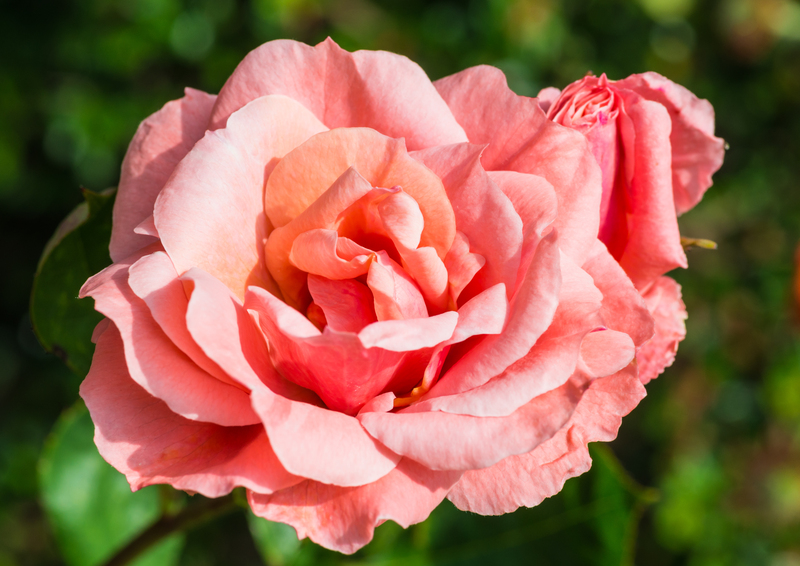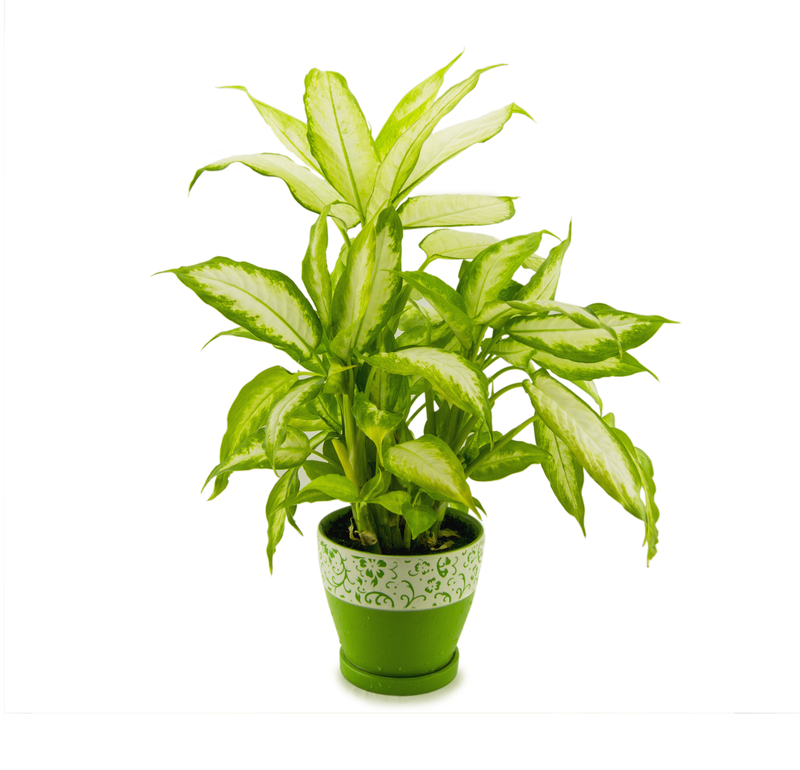How Beginners Can Cultivate a Magazine-Worthy Lawn
A lush, green, and meticulously manicured lawn is the crowning jewel of beautiful home landscaping. Picture-perfect lawns aren't just the result of happenstance--they're the product of careful planning, dedication, and specific techniques. If you're new to lawn care, transforming your yard into a magazine-worthy oasis might seem daunting. But with the right knowledge and some perseverance, you can cultivate a stunning lawn that will be the envy of your neighborhood. In this comprehensive guide, you'll learn everything beginners need to know to create a lawn worthy of the cover of Better Homes & Gardens.
Understanding the Foundation: Choosing the Right Grass Type
Before you pick up a shovel or spread a single seed, choosing the right grass variety is paramount to your future success. Grass types generally fall into two categories: cool-season and warm-season.
- Cool-Season Grasses (Best for northern climates): These include Kentucky bluegrass, fescues, and ryegrass. They thrive in spring and fall, withstanding cooler temperatures but can struggle in extreme summer heat.
- Warm-Season Grasses (Best for southern climates): Popular options include Bermuda, Zoysia, St. Augustine, and Centipede grass. These grasses love the heat and flourish during the summer months.
Consult your local garden center or cooperative extension office to identify the ideal variety for your region. Investing the time to make this choice will set the foundation for cultivating a magazine-worthy lawn.

Testing and Preparing Your Soil
Understanding Soil Health
An award-winning lawn starts with healthy soil. A soil test is the first step for any aspiring lawn enthusiast. Home soil test kits are widely available, or you can send a sample to your local extension service. Key soil parameters include:
- pH Level (ideal 6.0-7.0 for most turfgrasses)
- Nutrient Levels (nitrogen, phosphorus, potassium)
- Soil Texture (sand, loam, or clay content)
Amending Soil for Optimum Growth
Once you have your soil test results, you may need to adjust your soil. Common amendments include:
- Sulfur or lime to correct pH
- Compost or organic matter to enrich poor soil
- Sand for improving heavy clay soils
Proper soil preparation is your secret weapon for a lush, magazine-quality lawn. Don't rush this step!
Planning, Seeding, or Sodding: Getting Started Right
Assessing the Area
Clear debris, weeds, and rocks from the lawn area. Consider your yard's sun, shade, and drainage patterns.
Seeding vs. Sodding
- Seeding (Budget-Friendly): Spreading grass seed is economical and offers more grass variety options, but it takes longer for a full lawn to establish.
- Sodding (Instant Results): Laying rolls of mature turfgrass provides an instant, magazine-worthy lawn but is more expensive up front.
Best Time to Seed or Sod Your Lawn
- For cool-season grass: Early fall or spring is best.
- For warm-season grass: Late spring or early summer is ideal.
You may also consider overseeding (adding seed to thicken an existing lawn) as an effective route for beginners seeking lawn perfection.
The Fundamentals of Lawn Watering
How Much and How Often?
Water deeply, but less frequently. A healthy lawn needs about 1 to 1.5 inches of water per week. Shallow, daily watering encourages weak roots. Instead:
- Water early in the morning (before 9 a.m.) to minimize disease risk.
- Apply enough water to soak the soil 6-8 inches deep.
- Monitor rainfall and adjust your watering schedule.
Smart, consistent watering will foster deep root growth and a resilient, green showpiece lawn.
Fertilizing for Vibrancy and Density
Fertilizer Types and Schedules
Applying the right fertilizer at the right time is a key element for cultivating a magazine-worthy yard. Consider:
- Starter fertilizers when seeding or sodding
- Slow-release fertilizers for maintenance
- Organic options to reduce environmental impact
For cool-season lawns, fertilize in early fall and late spring. Warm-season grasses benefit from feeding in late spring through summer.
Tips for Beginners
- Follow label instructions--excess fertilizer can burn your lawn and pollute waterways.
- Use a broadcast spreader for even application.
- Rinse fertilizer off hard surfaces to prevent runoff.
Proper Mowing Techniques for a Pristine Appearance
Choosing and Maintaining Your Mower
A well-maintained mower produces a neat, uniform cut. Regularly sharpen blades and service the engine. For a more polished look, consider a reel mower or upgrade to a model with mulching capability.
How High Should You Mow?
- Keep cool-season grasses at 2.5-3.5 inches
- Maintain warm-season grasses at 1.5-2.5 inches
- Never remove more than one-third of the blade at a time
- Vary mowing patterns to prevent lawn stress
Mowing too low weakens your grass and invites weeds--mow high for deep green, magazine-worthy results.
Lawn Aeration: The Secret of the Pros
Why Aerate?
Over time, soil compacts, making it difficult for roots to access water and nutrients. Aeration--removing small soil plugs--improves drainage, root growth, and nutrient uptake.
- Aerate in early fall (for cool-season grasses) or late spring (for warm-season varieties)
- Focus on high-traffic or clay-heavy areas
- Rent a core aerator from a garden center for best results
A single aeration can dramatically improve lawn health and appearance, setting the stage for lush, uniform growth.
Mastering Weed and Pest Control
Preventing and Managing Weeds
A magazine-worthy lawn is weed-free. The best defense is a healthy, dense turf, but you should also:
- Apply a pre-emergent herbicide in spring to prevent crabgrass and annual weeds
- Spot-treat with post-emergent herbicides for problem weeds
- Hand-pull isolated weeds regularly to prevent spreading
Avoid mowing weeds when they're seeding to curb their spread.
Protecting Your Lawn from Pests
- Monitor for grubs, chinch bugs, and other pests
- Consider natural pest control options or targeted insecticides
- Encourage beneficial insects and birds to visit your yard
Healthy lawns resist pests naturally--focus on overall lawn vigor for the best protection.
Overseeding and Repairing Thin Spots
Simple Steps for a Full, Lush Lawn
Even the best lawns develop thin or bare spots. Overseeding each fall rejuvenates your turf:
- Mow short and remove clippings before overseeding
- Rake to loosen the top layer of soil
- Spread seed evenly with a broadcast spreader
- Keep the area moist for two to three weeks, until the seedling grass is established
This quick annual ritual helps beginners maintain a thick, magazine-quality lawn all season long.
Creating Crisp Edges and Eye-Catching Patterns
The Finishing Touches
Professional-looking lawns always have tidy edges and attractive mowing patterns:
- Use a string trimmer or edging tool to define borders
- Alternate mowing directions (diagonal, straight, circular) to prevent ruts and add visual interest
- Add landscape beds or borders for a polished look
Small details make a big difference--the final touches will give your lawn that magazine photo-shoot shine!
Seasonal Care Calendar for Beginners
Organize Your Lawn Care Year-Round
- Early Spring: Clean up debris, apply pre-emergent weed control, dethatch (if needed)
- Late Spring/Early Summer: Fertilize, mow regularly, check for pests
- Summer: Water deeply, mow high, spot-treat for weeds and insects
- Early Fall: Aerate, overseed, fertilize for winterizing
- Late Fall: Final mow, raking, and leaf removal
Common Mistakes Beginners Make (& How to Avoid Them)
- Overwatering or underwatering--stick to consistent, deep watering.
- Cutting too short--keep mower blades high for deeper roots.
- Ignoring soil health--test and amend before planting.
- Neglecting regular maintenance--even a stunning lawn needs periodic care.
- Overusing chemicals--use fertilizers and herbicides as directed and opt for organic when possible.
Eco-Friendly Lawn Care Tips
Grow a Magazine-Worthy Lawn Responsibly
- Mulch clippings to return nutrients to your lawn
- Choose organic, slow-release fertilizers
- Water efficiently and fix leaks in irrigation systems
- Reduce lawn size with pollinator-friendly beds or native grasses
- Compost your leaves and yard waste
A beautiful magazine lawn does not need to come at the environment's expense. These practices will help you balance aesthetics and sustainability.

Frequently Asked Questions About Creating a Magazine-Worthy Lawn
How long does it take to establish a magazine-quality lawn?
With seed, expect noticeable improvement in 6-12 weeks; sod offers instant gratification. Reaching peak health and beauty typically takes a full season of dedicated care.
Should beginners use organic or synthetic fertilizers?
Both can work, but beginners often find synthetic fertilizers easier to use, while organic options improve soil long-term. Choose what fits your goals and read the instructions carefully.
How can I maintain my lawn on a budget?
Focus on proper mowing, watering, and seasonal overseeding. Borrow equipment when possible, and purchase bulk seed and fertilizer.
What's the best defense against lawn weeds?
Healthy grass is your best defense. Overseed, fertilize properly, mow high, and use targeted weed control as needed.
Conclusion: Your Path to a Magazine-Worthy Lawn Starts Now
Whether you dream of rivaling the greens of Augusta or simply want a peaceful, inviting green retreat, cultivating a magazine-worthy lawn is within your grasp. Start with the right grass for your climate, prepare your soil, follow a regular maintenance schedule, and pay attention to the finishing touches that elevate a lawn from average to awe-inspiring.
Incorporate these beginner-friendly tips and techniques into your yard care routine, and soon you'll have a lush, uniform, weed-free outdoor space that's ready for its close-up. A little patience, a mindful approach, and consistent effort are the real secrets to magazine-worthy lawn perfection.
Ready to get started? Your dream lawn awaits--one step, one seed, and one season at a time!
```